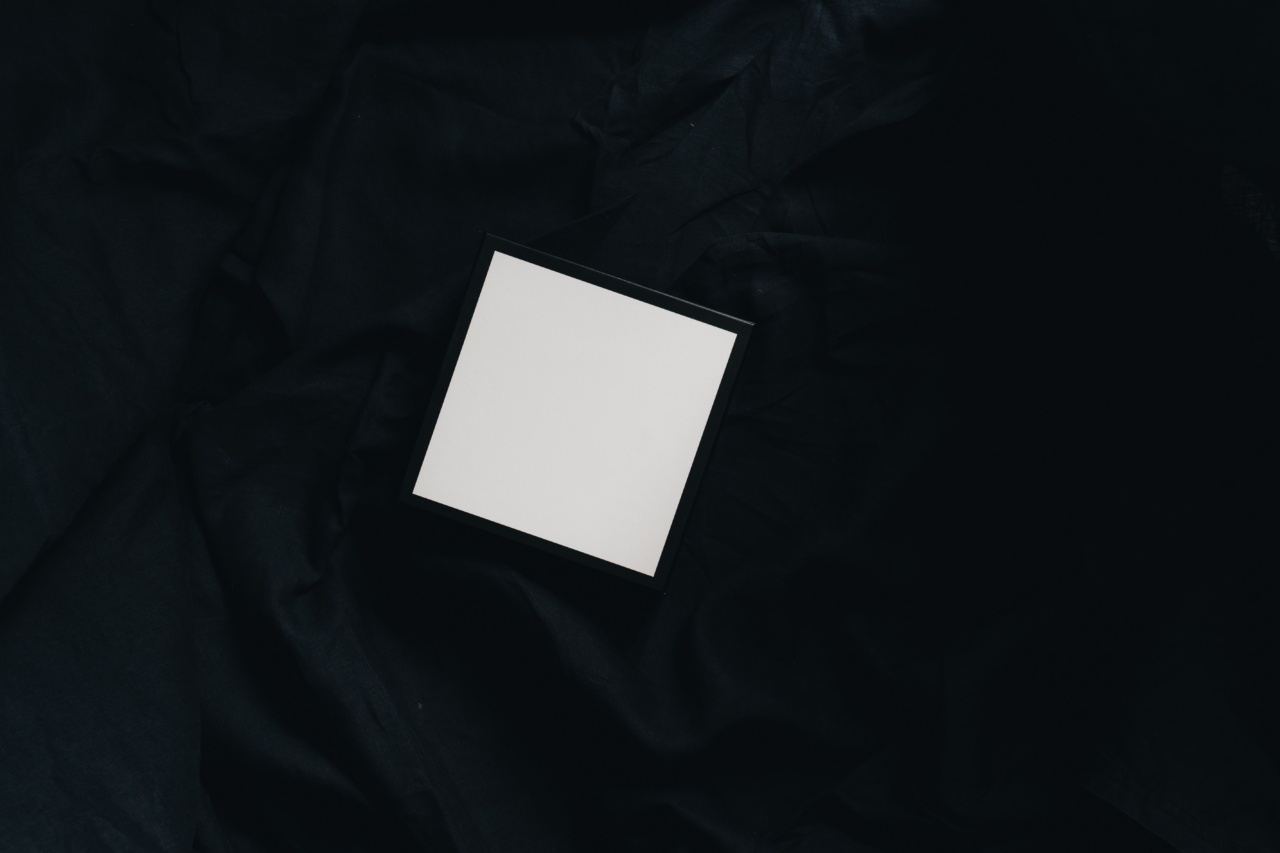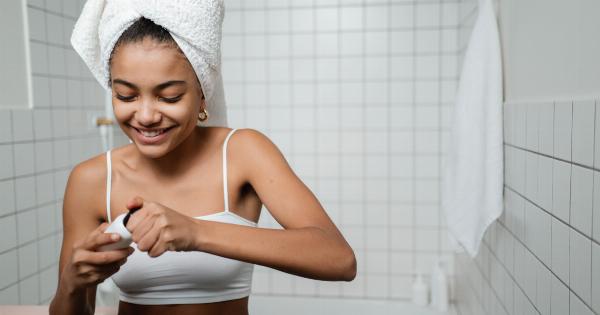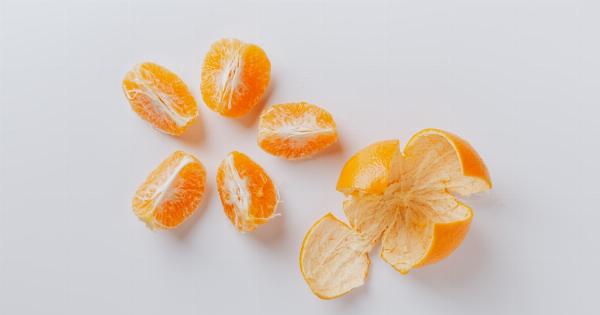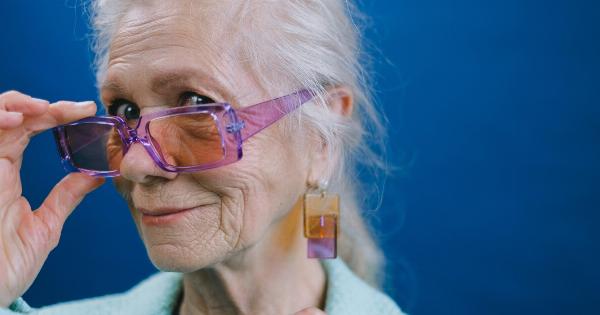Pimples and black spots are two of the most common skin problems that people face. While they may look similar, they are actually quite different and require different treatments.
Understanding the difference between pimples and black spots can help you better care for your skin and deal with these issues effectively.
What are Pimples?
Pimples are small bumps that appear on the skin. They are caused by clogged pores that become inflamed or infected. Pimples can occur anywhere on the body, but are most commonly found on the face, neck, chest and back.
They can be white or black, and sometimes they contain pus.
There are a number of factors that can contribute to the development of pimples. Hormonal changes, stress and poor diet can all play a role.
Poor hygiene, such as not washing your face regularly or touching your face with dirty hands, can also cause pimples to form.
There are a variety of treatments available for pimples. Over-the-counter creams and gels containing benzoyl peroxide or salicylic acid can help to clear up pimples.
In more severe cases, a dermatologist may prescribe a topical or oral medication to help get rid of pimples.
What are Black Spots?
Black spots, also known as hyperpigmentation, are dark patches of skin that appear on the face, neck and other areas of the body. They are caused by an excess of melanin, the pigment that gives skin its color.
Black spots are more common in people with darker skin tones, but can affect anyone.
Black spots can be caused by a number of factors, including sun exposure, hormonal changes, genetics and acne. They can be difficult to get rid of, but there are a number of treatments available.
Over-the-counter creams containing glycolic acid or kojic acid can help to lighten black spots. Chemical peels and laser treatments can also be effective.
Knowing the Difference Between Pimples and Black Spots
While pimples and black spots may look similar, there are a few key differences that can help you identify which skin problem you are dealing with. Pimples are usually raised bumps that can be painful and sometimes contain pus.
Black spots are flat patches of skin that are darker than the surrounding skin.
If you are unsure whether you are dealing with pimples or black spots, it is important to see a dermatologist. They can help you identify the problem and recommend the best treatment.
Preventing Pimples and Black Spots
Prevention is key when it comes to both pimples and black spots. There are a number of things you can do to help prevent these skin problems from occurring in the first place. Here are a few tips:.
- Wash your face twice a day with a gentle cleanser
- Avoid touching your face with dirty hands
- Remove makeup before going to bed
- Use sunscreen to protect your skin from the sun
- Eat a healthy, balanced diet
- Stay hydrated by drinking plenty of water
- Reduce stress by practicing relaxation techniques such as yoga or meditation
Conclusion
Pimples and black spots are two of the most common skin problems that people face. While they may look similar, they are actually quite different and require different treatments.
Understanding the difference between pimples and black spots can help you better care for your skin and deal with these issues effectively.
By following a few simple preventative measures, such as washing your face regularly and protecting your skin from the sun, you can help reduce your risk of developing pimples and black spots.































